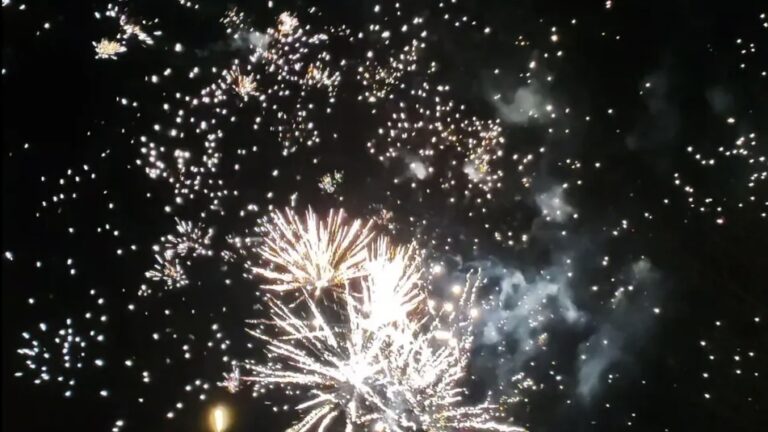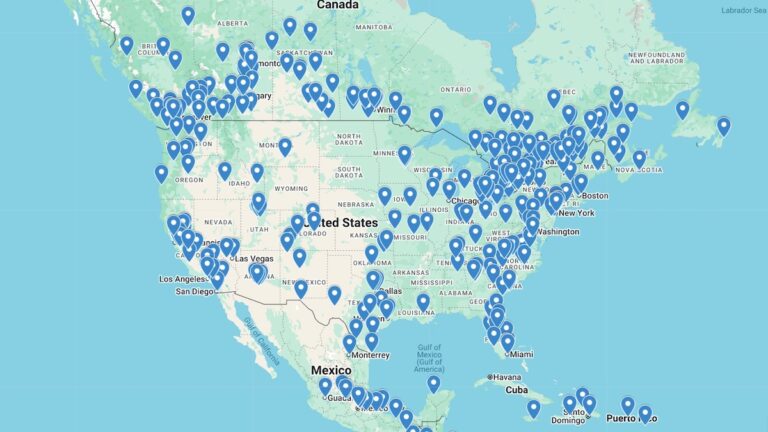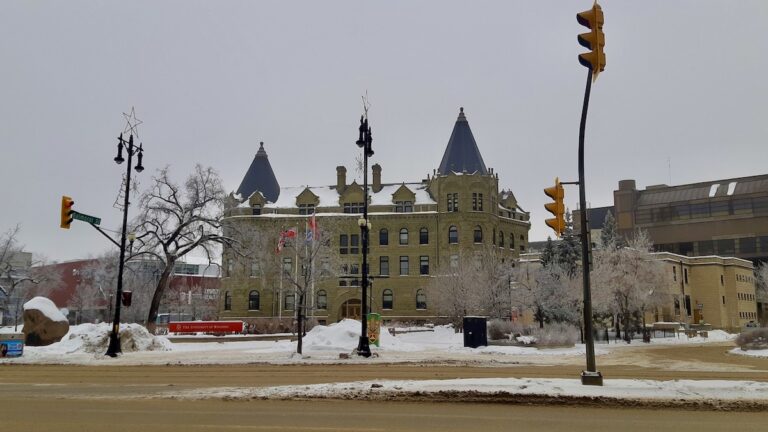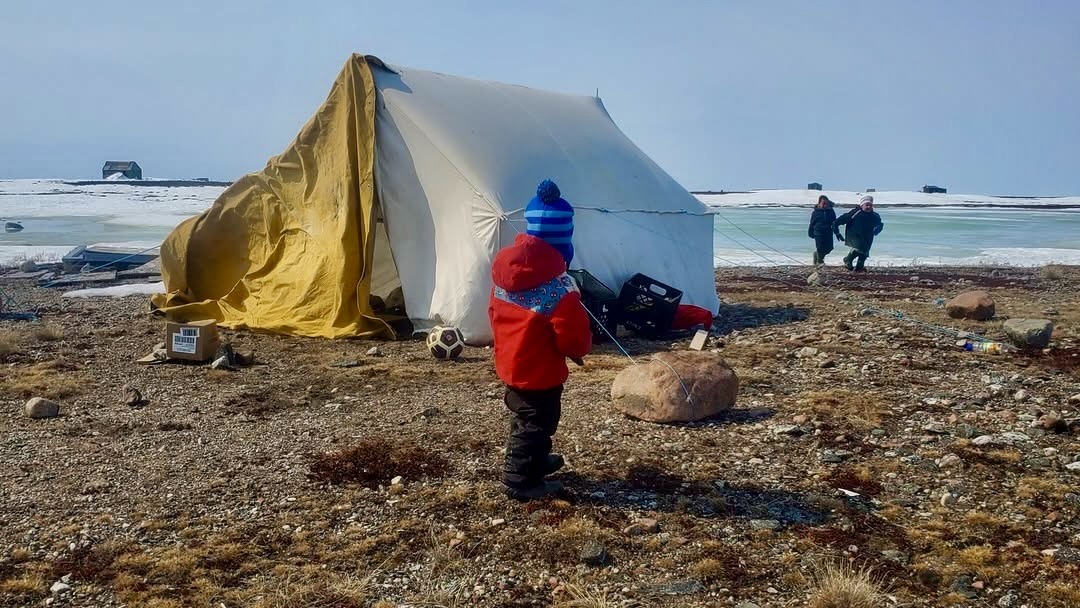
The tent's pitched, welcoming us back to the land as spring rolls towards summer. It's the perfect time to gather, share our old stories, and let the kids just be – soaking up the freedom and the quiet beauty of the tundra before the mosquitoes claim their season. Photo: Eva Suluk
Connecting Stories Across Generations
Many of us have been working to support arts, culture, and resilience for more than 15 years now. We’ve worked hard to help encourage careers and pathways in the arts and traditional knowledge, to doing research in our communities, and to build the skills we need to do well in these areas.
We’ve seen so much good work. I remember the Arviat Film Society when it first started. Some people said our work in the community wouldn’t succeed. But we always keeps going. We don’t give up, and we don’t listen when people tell us we can’t do something.
Look at us now! We’ve seen our young people grow up through all these projects. We’ve seen the great work of Arviat Film and Arviat TV, Aqqiumavvik, and Isuma. People said these things would fail, or couldn’t be done, but they are doing very well! Our young people have traveled all over Canada and around the world. We’ve seen Inuit in movies and documentaries. Some have even gone to work for CBC, and done many other great things.
Today, we’re busy with our program, The Arts Incubator, and collectives working across Nunavut, Manitoba, Northwestern Ontario and beyond, with places like Minnesota, British Columbia, and southern Ontario.
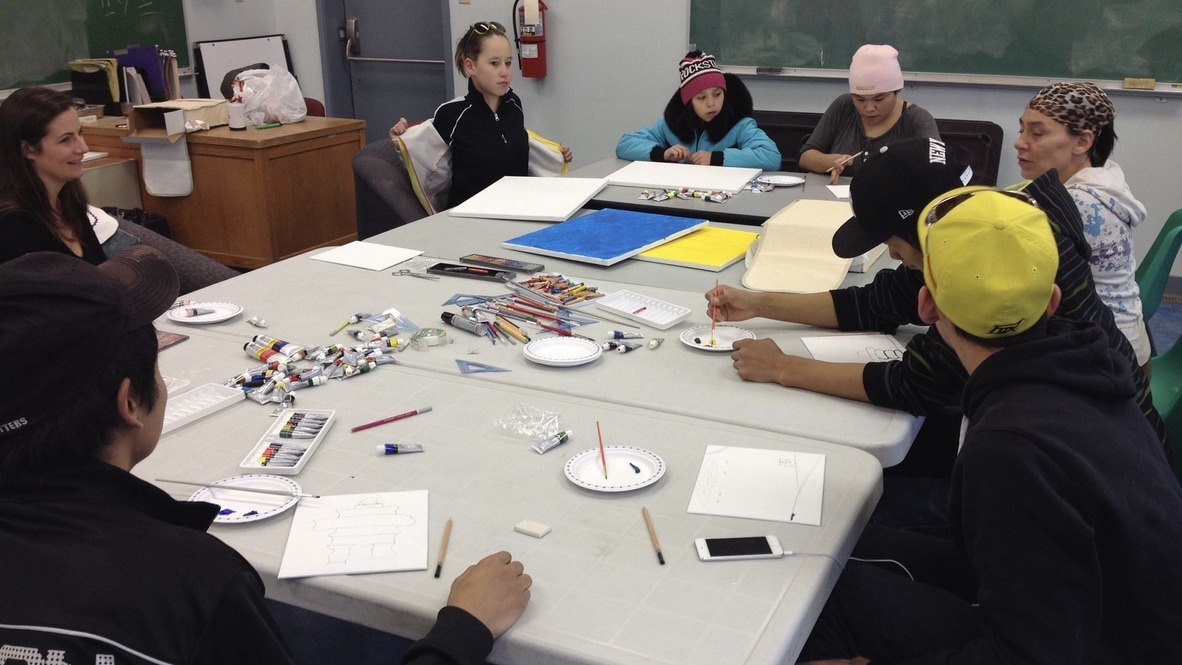
From Local Roots to Global Reach
What started here in our community back in 2009-2010 has truly grown, spreading across Nunavut, throughout Canada, and even around the world. We’ve seen projects that began right here being shared and celebrated in places like the USA, South Africa, Norway, and so many other countries. That’s the incredible power of the work we do together as a community. It’s not just about us anymore.
The things Inuit made possible here are now making a real difference for other Indigenous peoples and communities all over the world.
We can now see Inuit, Arviarmiut, and the work we’ve all worked hard to support in everything from TV shows, to movies, books and plays, from universities to arts incubators. We’re “out there” in so many ways, and I think we need to also “be there.” That’s part of growing – no one community can do everything. We need to keep that mindset that everyone has something to learn, and everyone has something to teach, and I think here in Arviat that is something we’ve always done well.
A lot of my work is in the arts, like with hivulinut and pihiit. Working to preserve our stories. Here in Arviat, we’re fortunate to still be strong in that area. We still speak our language, we know the drum and the stories it carries. But there are many communities out there that have lost those ways. That’s an example of how the work we do here has value and importance. I want to see other Inuit communities, and other Indigenous communities, know how their drums carry their stories. After all, that’s how we used to meet, back in the old times on the land.
We connected through the drum. That’s the heartbeat that brings us together. I want to hear their stories too. We’ve met and presented alongside other Indigenous peoples from across Canada, and even a few years ago we had a great experience with some from South Africa. They drum too. So there’s a global culture of how the power of the drum can carry stories across generations, and be a source of pride.
Technology has changed so much. Just ten years ago, the idea of having our own TV station felt impossible to many. But look at us all today! We’re here, live on national television, filming series, and leading projects that drive change, build resilience, and strengthen our self-determination and self-reliance.
Many of the things we did when we first started weren’t easy. The internet was so slow, we could barely even do a video call. Flash forward ten years, and now we can connect, work together, and create in totally new ways that most of us could never have imagined!
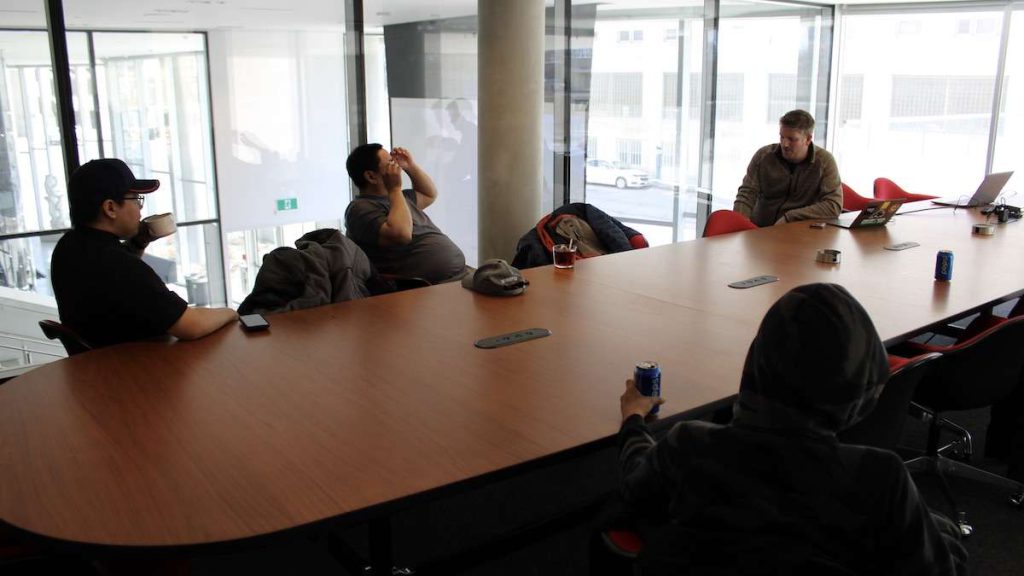
A New Generation, New Possibilities
I think a lot about my mother’s generation. They grew up on the land and had that strong connection to the old world. They had dreams and a vision for us to succeed. They supported so many of these projects and believed in us. And today, with many of them now passed on, the torch has been passed to us, a new generation.
There was always a belief that if things Inuit created could make a difference for other communities, in other parts of Canada, and the world, it would be something to be incredibly proud of. And if you look at it, that’s exactly what we’re doing.
We have a long history of outsiders coming in and telling us how and what to do. But look at so many of the achievements that started here, and in other places across Nunavut. We’re not just building a stronger territory; we’re making a difference far beyond it. The kind of work we do here isn’t just helping our community.
There’s a saying: “Multidimensional problems require multidimensional solutions.” This means hard problems need many different kinds of answers. The models and approaches for projects, programs, and new ways of doing things that we developed are now making a difference for other Indigenous peoples, many of whom are dealing with the same challenges we face. Sometimes we might not realize that the work done here in Arviat is actually world-class. That we’re a model for others, not just ourselves. I think my mother’s generation would be incredibly proud of the work we do. And I hope we will continue to look forward to the future, just like they did.
We’re not as disconnected as we were just a few years ago. The work we do, whether it’s in arts and culture, community research, or climate change, it’s all part of a global community now. And I think we need to keep pushing to break down some of those separate ways of working. More and more of our young people are graduating. More and more are going south for school. There’s a real need for us to use these new tools and new technologies to connect and work together. So when we see how the experiences so many of us have shared over the years are growing out into the world, it’s important to start thinking bigger. We’re not living in a bubble anymore, where connecting was so much harder.
My late biological father was from Ontario. My children and grandchildren have roots there. And just as it’s important for us to preserve and strengthen our traditions and culture here in Nunavut, we need to be able to support them going out into the wider world. That’s been a challenge, as I think most of us know too well, and we need to focus on that. I do a lot of work with arts programs in Manitoba, Northwestern Ontario, Minnesota and beyond, and I see the value of that close collaboration.

No one community has all the answers. We don’t have all the answers. No one does. If we knew everything, well we wouldn’t have the challenges we face today. So just as I’ve talked tonight about how the work here in Arviat has made a difference to other places in the world, it’s equally important that we build bridges and connections outside our community and territory too. We need to see our children and grandchildren going out and thriving in the wider world, because that’s where they’ll learn. They’ll learn and experience the kinds of opportunities and pathways a small town can’t give them. And if we find ways to do that right, this next generation will learn. They will learn, and bring what they learn back here, where we can put that into practice and make our community even stronger. That’s reciprocity. A two-way street.
We need to see more artists and culture workers. We don’t have a strong, formal economy here in Nunavut, and that’s why one of the projects I work with focuses on arts and climate entrepreneurship. There’s a huge need for that – the skills to build local capacity and the training to use new technologies. The world is changing faster and faster; just look at how new technologies like AI are advancing. We have the best of both worlds: the opportunity to use new technologies, but always firmly grounded in the traditional values our parents and grandparents wanted so much for us as Inuit to carry forward.
We need to see our arts sector break out of the local bubble and connect more deeply with the wider region and other markets. And not just with the arts, or culture. There are pathways I don’t think we’re even aware of that are real possibilities, and it’s important we have the vision and imagination to go out there and explore them. I think that’s especially important to our youth. They’re not limited to just here. They have the whole country, if not the world, filled with opportunities, and that’s what I want for our next generation.
So here’s to the creators. The thinkers. The Inuit and other Indigenous peoples of today, and those who came before us who didn’t listen when we were told we couldn’t do something, or that something couldn’t be done. We always find a way.
Let’s keep finding those ways, pushing boundaries, and showing the world what’s possible when we work together, keep trying, and believe in ourselves. It’s not the old model of researchers and outsiders coming in to tell us how to do things anymore. That’s changing – a lot! Now it’s kinds of work that started here, flowing out into the wider world, making a difference far beyond our little town.
That’s something to be incredibly proud of.


